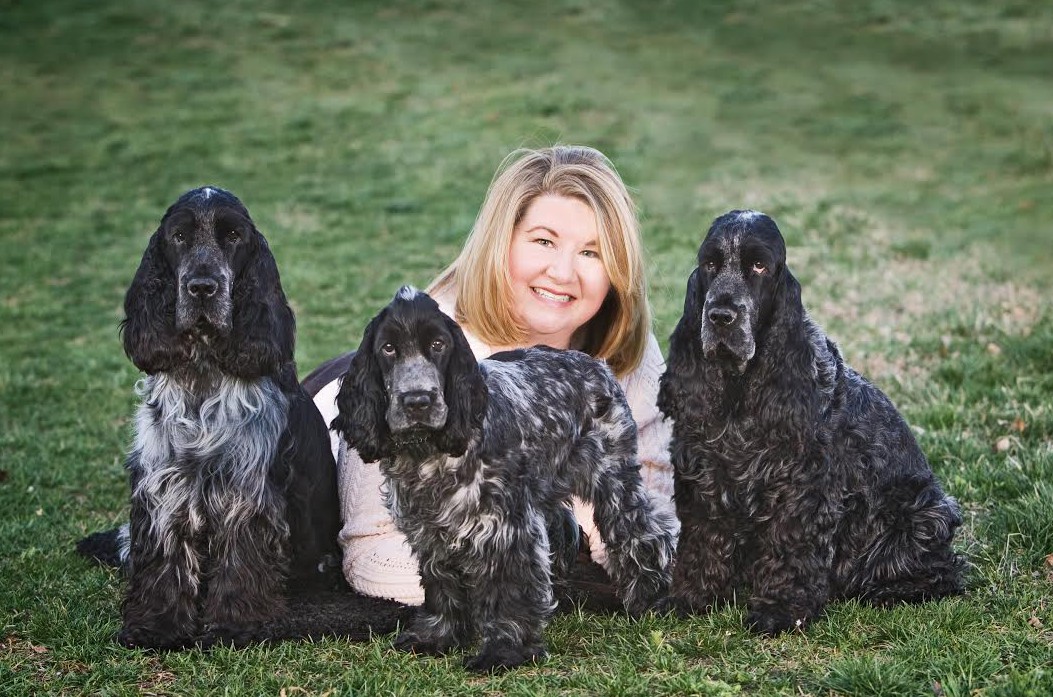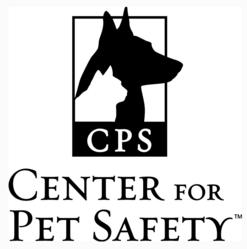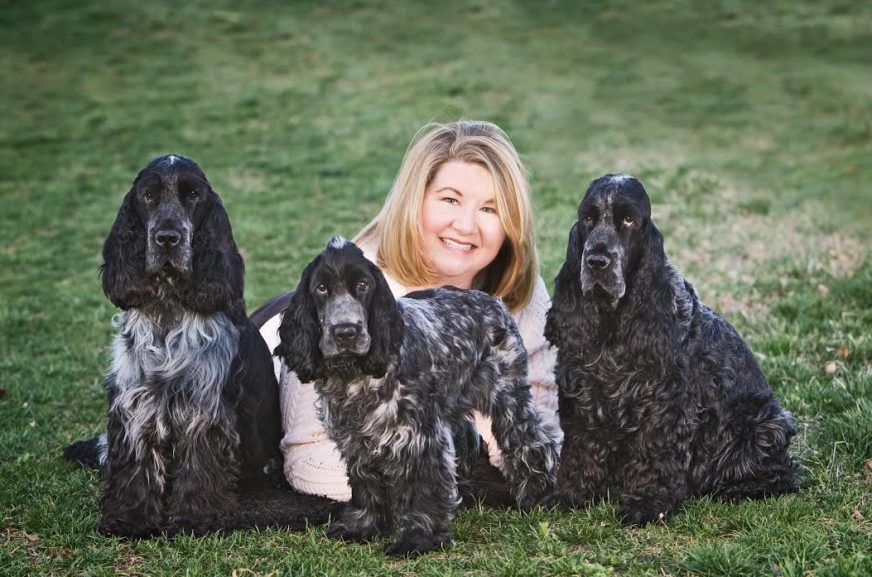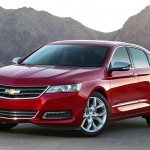
Having learned of her concerns regarding a recent CG Daily Drive post regarding dog safety in cars, publisher Tom Appel reached out to Center for Pet Safety founder Lindsey Wolko. Presented here is the interview that resulted from that conversation.
Center for Pet Safety
Tell us why you took issue with the dog-safety blog post we recently published on the CG Daily Drive.
I have no issue with what was written, per se, but with the implied information.
In general, people are very image-centric. We know this. The images you shared troubled me. The implication is that someone has tested these crates and determined them to be safe. Consumers assume that the word “safe” is the same as crashworthy. This is likely not the case.
What does safety mean to someone who buys a car and travels with his or her child versus someone who travels with his or her pet? Probably about the same thing, and assumptions are being made that pet-safety products are as well vetted as child-safety products, and that is not the case.
The words safe and safety are largely marketing terms. You can claim a product is safe and not meet any standards. So many products out there are represented in this way.
These crates are not sturdy enough to keep the animal safe in a crash. We’ve done crate testing before, and the results are scary.

You’ve tested crates?
We (Center for Pet Safety) did some preliminary testing back in 2011. We used a 55-pound dummy.
We used European standard ECE-R17. In none of our tests would the dog have survived. Additionally, the seat back broke, seat popped out into the passenger area roughly 8-inches.
We chose to test the crates untethered, this was a result of our informal survey of parked vehicles in public parking lots.
None of the crates we observed were tethered in anyway, so we chose to conduct our tests to best reflect real-world use. People put the crate in the car, put their dog in the crate, and say, “I’ve done my job.”
Some crate manufacturers claim their products are crash tested, but they don’t test the way we would. This is why we’re looking to fund a comprehensive crate study.
Canine Madness: 10 Classic Car Ads Featuring Dogs
Tell us about the restraint research you conducted for Subaru.
The Subaru program came as a result of a pilot study we conducted in 2011. With Subaru’s sponsorship we designed the study, short-listed the brands to be tested, and quantified the results. We made sure to include harnesses for which the maker made strong claims of safety.
Harnesses included in the 2013 study needed to make claims of testing, crash testing, or crash protection. We tested the most popular sizes, small, medium, and large with our specially designed crash-test dogs weighing in at 25 lbs, 45 lbs, and 75 lbs respectively.

What does a project of that scope cost to conduct?
In the low six-figure range.
How is the Center for Pet Safety funded?
We’re funded by donations, sponsorships, and I’ve donated ample time and money during the founding process for this organization. We’re actively looking for strategic partnerships with other auto manufacturers to conduct more research. For them, this is a great way to reach customers.
It seems as if you’re saying that all dog vehicle safety products are of dubious value. Certainly dog owners are better off doing something, than doing nothing.
In some cases it’s the same as doing nothing. Many of these brands that you find online or in big-box stores offer little to no protection.
Most of the products do address the problem of having a dog loose in the vehicle—potentially becoming a driver distraction, so that’s good. We know preventing distraction is the first key to preventing an accident. But we simply feel these safety devices should do more than simply prevent distraction.
The Sleepypod Clickit restraint harness outperformed all other brands in the study and offered the best possible protection to human vehicle occupants and offers the dog the best possible chance of survival. That’s why it was named our Top Performer.
Until we can do further research, for smaller animals, those in the four-to-five pound range, we recommend a carrier that is placed on the floor of the car behind one of the front seats.
We recommend placement on the floor, because we have seen containment devices crushed by seatbelt restraints.
Is the Center for Pet Safety working with the government to set uniform reporting and testing standards for pet travel safety products?
It’s too early for federal standards. Making some headway, but we’re not actively pursuing government action.
We are looking to become a nationally recognized oversight organization. We have met with the Congressional Animal Protection Caucus and found that our goals are outside of their current focus. Remember, the APPA (Animal Pet Products Association) has lobbying groups in D.C. that work on behalf of the pet products industry to further their business interests. Hopefully they understand that the importance of the work CPS is doing will only improve product performance for their manufacturers.
Up until now, the pet products industry has claimed that we don’t need standards. However, earlier this year, the APPA came out in support of developing standards for pet travel products.
How does the Center for Pet Safety reach the general public?
We talk to a lot of people. We’re working on a webinar. We’re getting ready to launch an awareness program later this year to educate pet owners on pet safety.
What is your core message?
You need to rely on CPS to cut through the marketing hype surrounding pet travel safety products. We are the only organization doing this work. Most pet owners have no idea how truly disturbing the marketing claims made to support the sales of these products are.
Until regular testing and reliable data is available on these products, what can consumers do?
We always suggest that people reach out to the manufacturer directly. If the manufacturer of a product you’re considering cannot answer questions to your satisfaction, do not buy it. You can also go to our website for additional guidance.
Dogs in Cars: How Best to Keep Your Pup Safe
—
From the Center for Pet Safety
About Lindsey Wolko
Lindsey is the founder of the Center for Pet Safety (CPS), a non-profit research and consumer advocacy organization dedicated to consumer and companion animal safety. When her dog Maggie was injured by a safety harness in 2004, a mission began that lead to eight years of consumer and pet products industry research. In 2011, after completing a ground-breaking pilot study, she founded the Center for Pet Safety.
The Center for Pet Safety (CPS) works on behalf of pets and their owners to strategically improve the pet products they purchase. Using scientific testing to evaluate products, CPS uses the collected data to establish product performance measurement techniques and develops test protocols and ratings systems to ensure product efficacy.
Lindsey originates from McLean, Virginia and currently resides in the Washington, DC Metropolitan area. She holds a bachelors degree from George Mason University and is an associate member of the Society of Automotive Engineers.



